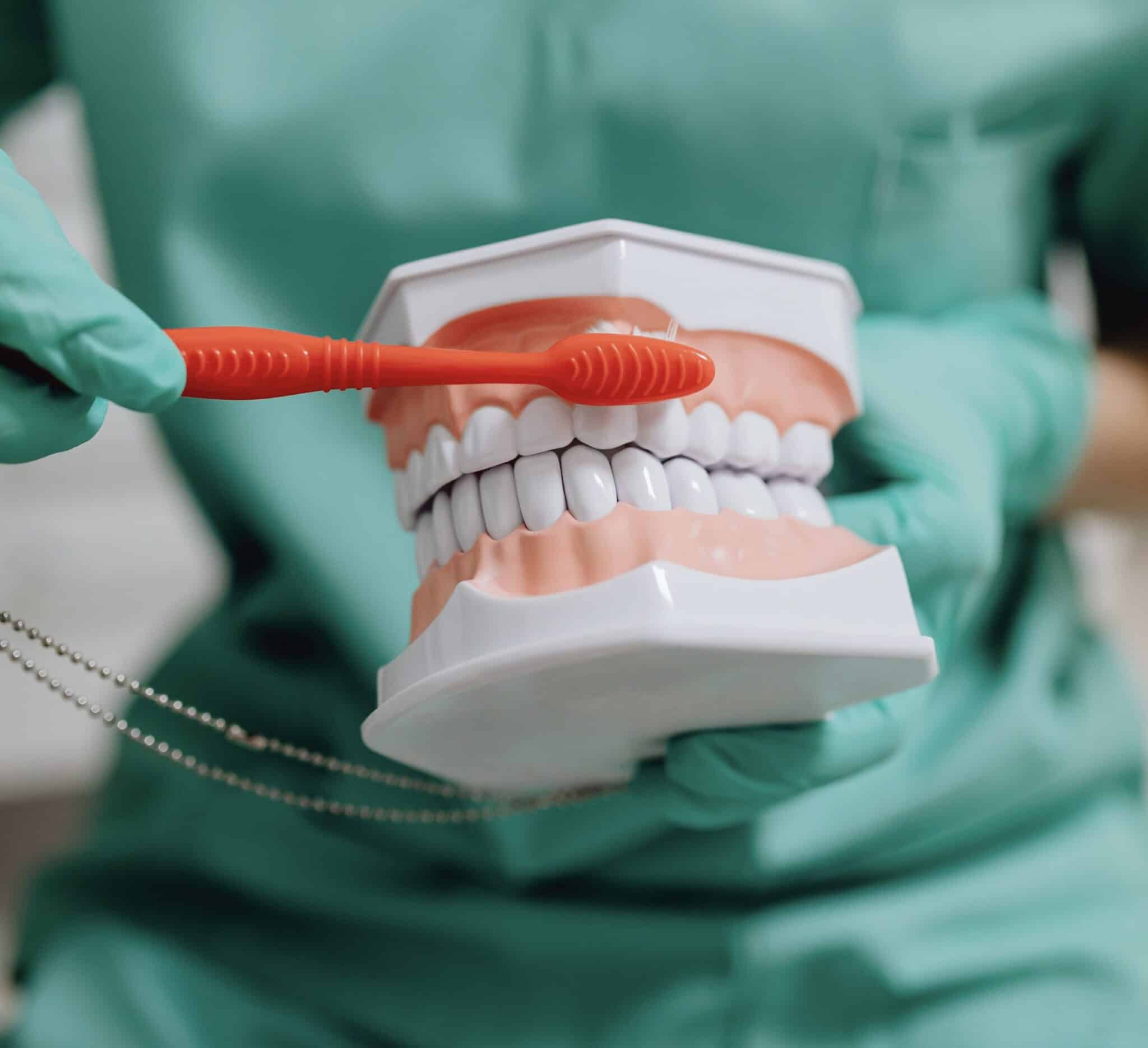DO you brush your teeth everyday? How’s your mouth?
Almost half of the world’s population, or some 3.5 billion people, suffer from oral diseases, according to the Global Oral Heath Status Report of the World Health Organization.
The most common diseases are tooth decay or dental caries, severe gum disease, tooth loss, and oral cancers, and the WHO said global cases of oral diseases have been rising and increased by 1 billion over the last 30 years.
Oral health affects people’s quality of life, which is why it is important to take care of our teeth and gums, according to WHO Director General Tedros Adhanom Ghebreyesus.
“Good oral health is essential for eating, breathing, and speaking, and contributes to overall health, well-being and confidence in interacting with others,” Ghebreyesus said in the report.
He also said oral health has been neglected, but oral diseases could be prevented and treated with cost-effective measures.
So much tooth decay
The WHO said untreated dental caries affects some 2.5 billion people worldwide, while some 1 billion have severe gum disease, which is a major cause of total tooth loss. Around 380,000 new cases of oral cancers are diagnosed every year.
It also said three out of four people with oral disease live in low and middle-income countries.
This shows the glaring inequalities in access to oral health services, it said. People who are on low incomes, people who live with disabilities, older people living alone or in care homes, and people living in remote and rural communities tend to suffer the most from oral diseases, it noted.
Risk factors common to noncommunicable diseases also contribute to the global oral health crisis. These include high sugar intake, all forms of tobacco use, and harmful use of alcohol, it said.
Possible link to other diseases
The WHO noted that poor oral health may be linked to a range of chronic diseases like diabetes, as studies have suggested.
“The strongest and most consistent evidence has shown an association between severe periodontal disease and diabetes mellitus; clinical interventions to treat severe periodontal disease have shown improvements in diabetes status,” it said in its report.
It also said there has been evidence of association between severe periodontal diseases and cardiovascular disease, and to a lesser extent, cerebrovascular disease and chronic obstructive pulmonary disease.
Moreover, there have been associations of caries and tooth loss with cognitive decline, certain cancers, and pneumonia.
Still, the WHO warned that the nature of associations between poor oral health and chronic diseases is “not necessarily causal and is often weak compared to other key risk factors.”
The burden
Oral diseases are not just a personal problem.
According to the WHO, the dramatic increase in oral diseases since 1990 present a huge burden to health systems.
Productivity losses from oral diseases were estimated at $42 per capita, or $323 billion globally.
The challenges
The WHO said the barriers that hinder access to oral health services include the high out-of-pocket costs of getting these services.
“This often leads to catastrophic costs and significant financial burden for families and communities,” it said.
Another obstacle is that oral health services are usually available from highly specialized providers using expensive high-tech equipment and materials.
Moreover, poor information and surveillance systems, combined with low priority for public oral health research, also hinder the development of more effective oral health interventions and policies.
Recommendations for a healthy mouth
While oral diseases are a problem, these are preventable and require only simple interventions if diagnosed and addressed at the early stages, the WHO said.
It said countries could improve the state of oral health by addressing common risk factors through the promotion of a well-balanced diet low in sugars, stopping use of all forms of tobacco, reducing alcohol consumption, and improving access to effective and affordable fluoride toothpaste.
It said the effective delivery of fluoride, along with reducing sugar consumption, would help result in healthier teeth and less dental caries.
Brushing with fluoride toothpaste twice daily is a simple and effective way of protecting the teeth, it said. However, the price of fluoride toothpaste can be a barrier for some, it noted.
It recommended legislation to increase the affordability and accessibility of high-quality fluoride toothpaste and advocating for its recognition as an essential health product.
Another effective way of delivering fluoride to the people is to add it to drinking water.
The WHO said adjusting the level of fluoride in drinking water is a “safe, cost-effective public health measure for the prevention of caries.” It recommends that the fluoride level in the water supply be between 0.5 milligrams per liter and 1.0 milligrams per liter, depending on the average water consumption and climate, as well as the population’s exposure to other sources of fluorides.
It also called for a renewed focus on integrating oral health care with primary health care.
In most countries, most of the oral health care providers are private practitioners, and only few countries have strong public oral health care services, it said. The affordability of these services is also a major issue in low and middle-income countries.
It also said the oral health workforce models should be redefined to be more responsive to the needs of the population.
The competencies of non-dental healthcare workers should likewise be expanded so that they could take care of the oral health of more people, it added.
It further recommended that countries strengthen their information systems by collecting and integrating oral health data into national health monitoring systems.
Philippine situation
The WHO said that based on 2019 data in the Philippines, 45 percent of children between 1 to 9 years old have untreated dental caries in their baby teeth.
It also said 29.4 percent of people older than five years have untreated caries in their permanent teeth.
Another 3.2 percent of people older than 15 years have severe periodontal disease, while 7.5 percent of people above 20 years old have lost their natural teeth.
In 2020, the Philippines also reported 1,561 new cases of lip and oral cavity cancer.
The Philippines’ Universal Health Care Act reaffirms that oral health is part of the entitlement of every Filipino, according to the Department of Health.
The law also seeks to ensure that each person gets access to quality and affordable health care goods and services while being protected against financial risk.
How useful was this post?
Click on a star to rate it!
Average rating 0 / 5. Vote count: 0
No votes so far! Be the first to rate this post.
We are sorry that this post was not useful for you!
Let us improve this post!
Tell us how we can improve this post?








